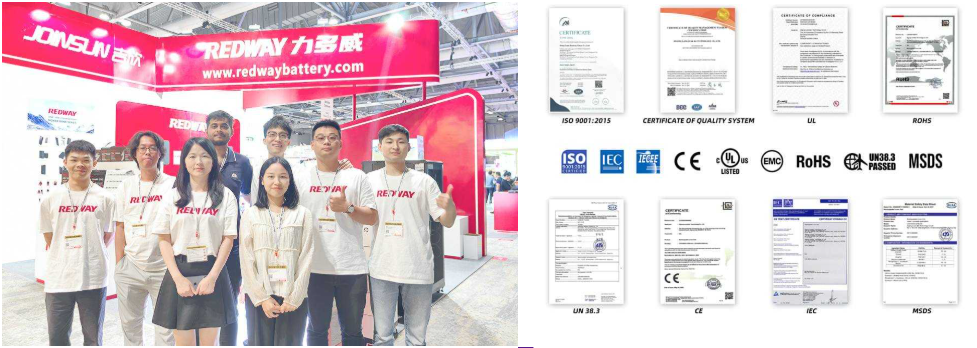Valve Regulated Lead-Acid (VRLA) batteries and Sealed Lead-Acid (SLA) batteries are often used interchangeably to refer to the same type of battery, and both fall under the broader category of lead-acid batteries. However, there are distinctions between VRLA and traditional flooded (non-sealed) lead-acid batteries. Let’s explore the key differences and characteristics of VRLA and SLA batteries:
Sealed Lead-Acid (SLA) Battery
-
Design:
- Sealed Structure: SLA batteries are sealed, meaning they do not require the addition of water, as opposed to traditional flooded lead-acid batteries.
- Absorbent Glass Mat (AGM): Many SLA batteries use an Absorbent Glass Mat (AGM) design. In this construction, a glass mat absorbs and holds the electrolyte, enhancing the battery’s efficiency and allowing for a maintenance-free operation.
-
Applications:
- Versatility: SLA batteries find applications in a wide range of devices, from uninterruptible power supply (UPS) systems and emergency lighting to electric scooters and wheelchairs.
- Portable Power: The sealed design makes SLA batteries suitable for applications where the battery needs to be mounted in various positions without concern for acid leakage.
-
Maintenance:
- Maintenance-Free: SLA batteries are often considered maintenance-free due to their sealed design. Users don’t need to add water or check the electrolyte levels.
Valve Regulated Lead-Acid (VRLA) Battery
-
Design:
- Valve Regulation: VRLA is a broader category that includes batteries with a valve-regulated design, such as AGM and Gel batteries.
- Gel: In addition to AGM, some VRLA batteries use a gel electrolyte. This gel immobilizes the electrolyte, offering further advantages in terms of safety and resistance to vibration.
-
Applications:
- Critical Systems: VRLA batteries, particularly AGM, are commonly used in critical systems like telecommunications, alarm systems, and UPS systems where reliability and minimal maintenance are essential.
-
Performance:
- Low Self-Discharge: VRLA batteries typically have a lower self-discharge rate compared to traditional flooded lead-acid batteries, contributing to a longer shelf life.
Conclusion: Choosing the Right Battery Type
Choosing between VRLA and SLA batteries depends on the specific requirements of the application. Both types offer advantages such as sealed maintenance-free operation, making them suitable for a variety of uses. However, if you need a battery with high reliability, low self-discharge, and the ability to function in critical systems, a VRLA battery, especially one using AGM or Gel technology, might be the preferred choice. On the other hand, SLA batteries are versatile and well-suited for applications where the sealed design and portability are crucial factors. Always consider the specific needs of your system and the performance characteristics of each type before making a decision.



